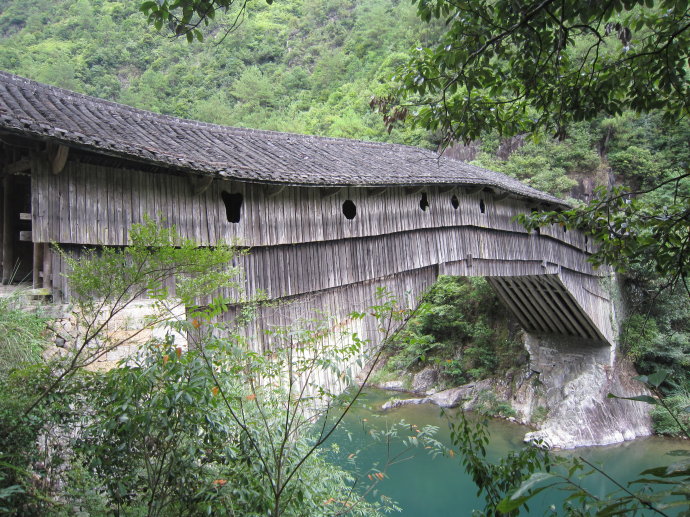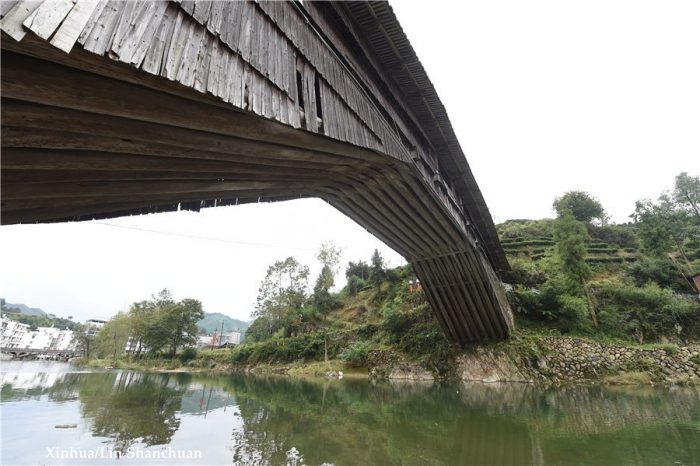I have always admired wood art in countries like Japan, Korea and China. Special woodworking and joining techniques, the durability of wooden buildings were and are appreciated by all wood lovers. This time we have chosen a subject from that part of the world. It is about wooden bridges from China, almost 1000 years old, which are still being used every day without any risk, as proof of the unquestionable craftsmanship of those unknown craftsmen.

Despite rapid development and industrialization, China manages to preserve some of its crafts and traditions. The old wooden bridges are also part of this tradition, part of China's cultural heritage, and are included on the UNESCO national heritage list. They are built entirely by hand, from beams joined together to create a kind of primitive joints. They were designed with one or more arches, depending on their length and the place where they were built, and the path on which they walk is made differently, depending on how they are used - a bridge for people only, for transporting goods or for animals. Timber from the surrounding area was always used to build them.

The joints between the bridge girders are traditional, no nails are used. The girders are supported on legs, one on each bank or, in the case of wider rivers, 1-2 stone legs are built, then raised with wooden beams. The bridges have roofs, also made of wood, to protect pedestrians.
Over time the bridges have suffered various damages and have been rebuilt. Those who maintained, repaired and rebuilt them were and are the descendants of those who built them. The craft has been passed down from generation to generation within the clan, the guild, and the descendants strictly follow the maintenance and repair procedures. Only traditional hand tools - axes, saws, chisels, chisels, etc. - are used for construction, maintenance and repair.
Most of these bridges are located along the southeast coast of China, in Fiujan and Zhejiang provinces. One of them is the Yangmeizhou Bridge in the village of Kengdi, which was built during the Ming Dynasty on horizontal beams supported at the ends on supporting legs made of vertical beams.

It is 46.7 m long and 4.9 m high.

Another famous bridge is Luanfeng, in the village of Xiadang in eastern China. Like Yangmeizhou, it's built on wooden beams resting on legs placed on either side of the river.

Qiancheng Bridge is one of the oldest such bridges. It is located in Tangkou village in Fujian province and was built during the Sing dynasty, which reigned between 1127 and 1279. It is 62.7m long and 4.9m high and has been rebuilt several times over the years, but remains an iconic image of ancient Chinese construction methods.

These wooden bridges, and many more like them, are considered cultural relics of the villages and are part of the UNESCO World Heritage. Unfortunately, UNESCO has announced that, due to urbanization and accelerated development of the area, traditional methods of building wooden bridges are slowly disappearing.

(source: dailymail.co.uk)



































Add comment